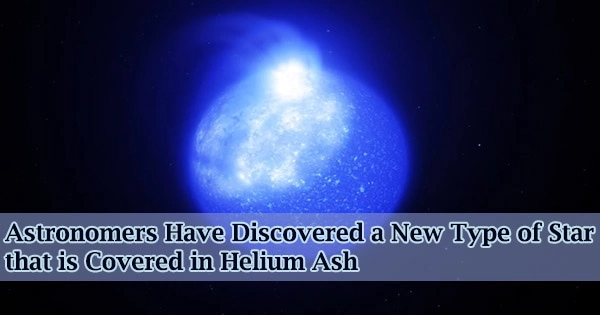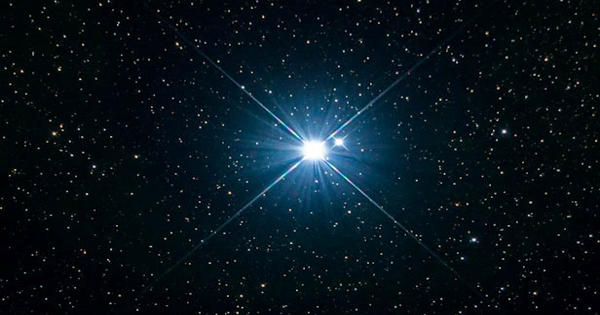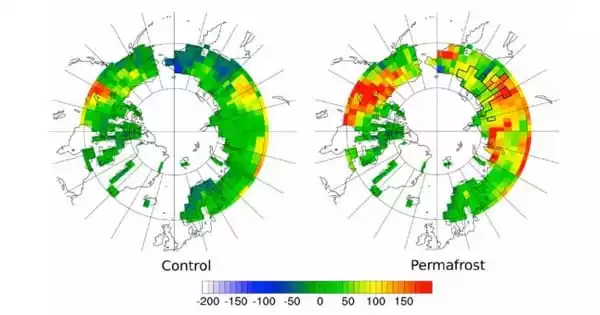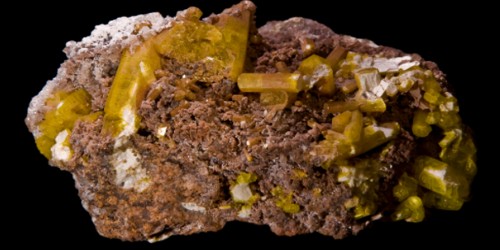Professor Klaus Werner of the University of Tübingen led a team of German astronomers that discovered a weird new type of star covered in the by-product of helium burning. It’s possible that the stars formed as a result of a rare stellar merger. The surprising findings were published in the Royal Astronomical Society’s Monthly Notices.
Unlike typical stars, which contain hydrogen and helium on their surfaces, the stars identified by Werner and his colleagues have carbon and oxygen on their surfaces, with helium ashes burning an unusual composition for a star.
The issue gets even more perplexing because the new stars have temperatures and radii that indicate they are still burning helium in their cores, a trait generally seen in more evolved stars than the ones studied by Werner and his team.
A second publication from a group of astronomers from the University of La Plata and the Max Planck Institute for Astrophysics, which was published alongside Professor Werner’s and his team’s findings, presents a plausible explanation for their origin.
“We believe the stars discovered by our German colleagues might have formed in a very rare kind of stellar merger event between two white dwarf stars,” says Dr. Miller Bertolami of the Institute for Astrophysics of La Plata, lead author of the second paper.
Even though helium bears no physical resemblance to ash from a fire, ash is the name given to the energetic alpha-particles or helium nuclei created by fusion processes in a deuterium-tritium plasma.
On a more metaphorical level, the alpha-particles are referred to as ash since they are no longer useful once they have shared their energy with the rest of the plasma; their removal and replacement with deuterium-tritium fuel is essential to avoid dilution of the plasma.
Usually, white dwarf mergers do not lead to the formation of stars enriched in carbon and oxygen; but we believe that, for binary systems formed with very specific masses, a carbon- and oxygen-rich white dwarf might be disrupted and end up on top of a helium-rich one, leading to the formation of these stars.
Dr. Miller Bertolami
A new form of stellar explosion may aid our understanding of thermonuclear outbursts on dead stars. Micronovae are new phenomena that occur on the surface of white dwarf stars that are actively sucking material from a nearby binary companion.
White dwarfs are the relics of larger stars that have run out of nuclear fuel, and they are typically tiny and dense. Due to the narrowing of the orbit caused by the emission of gravitational waves, stellar mergers have been observed between white dwarfs in near binary systems.
“Usually, white dwarf mergers do not lead to the formation of stars enriched in carbon and oxygen,” explains Miller Bertolami, “but we believe that, for binary systems formed with very specific masses, a carbon- and oxygen-rich white dwarf might be disrupted and end up on top of a helium-rich one, leading to the formation of these stars.”
Currently, no stellar evolutionary models can completely explain the newly discovered stars. In order to analyze whether these mergers can actually materialize, the team needs more refined models.
These models may not only aid in the team’s understanding of these stars, but they may also shed light on the late evolution of binary systems and how their stars trade mass as they mature. The genesis of the helium-covered stars will remain a mystery until astronomers develop more sophisticated models for binary star evolution.
“Normally we expect stars with these surface compositions to have already finished burning helium in their cores, and to be on their way to becoming white dwarfs. These new stars are a severe challenge to our understanding of stellar evolution.” explains Professor Werner.
















